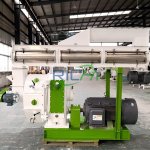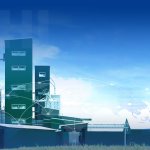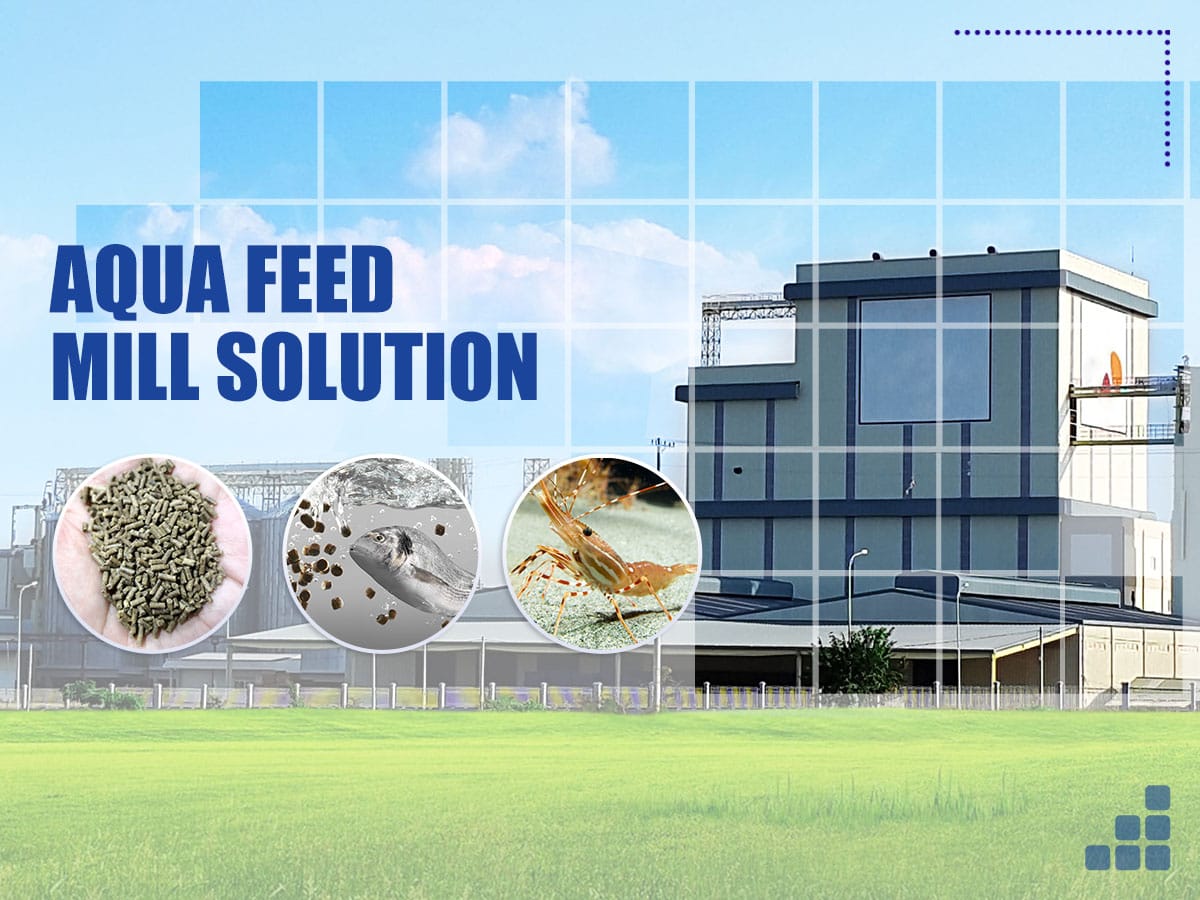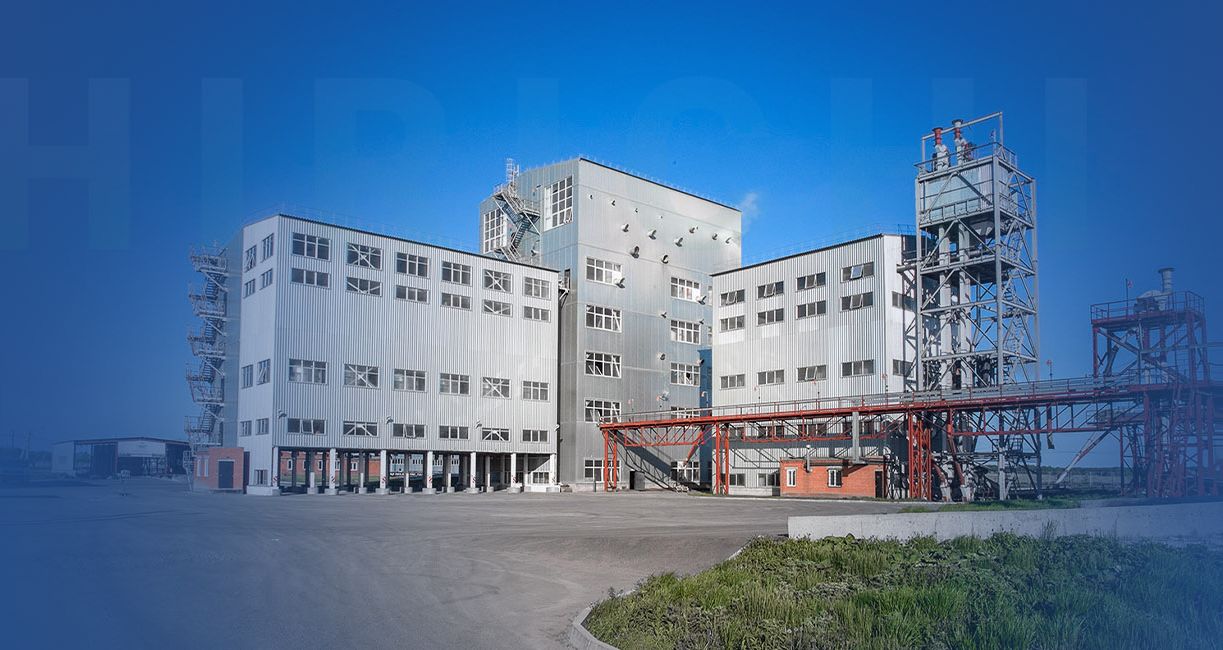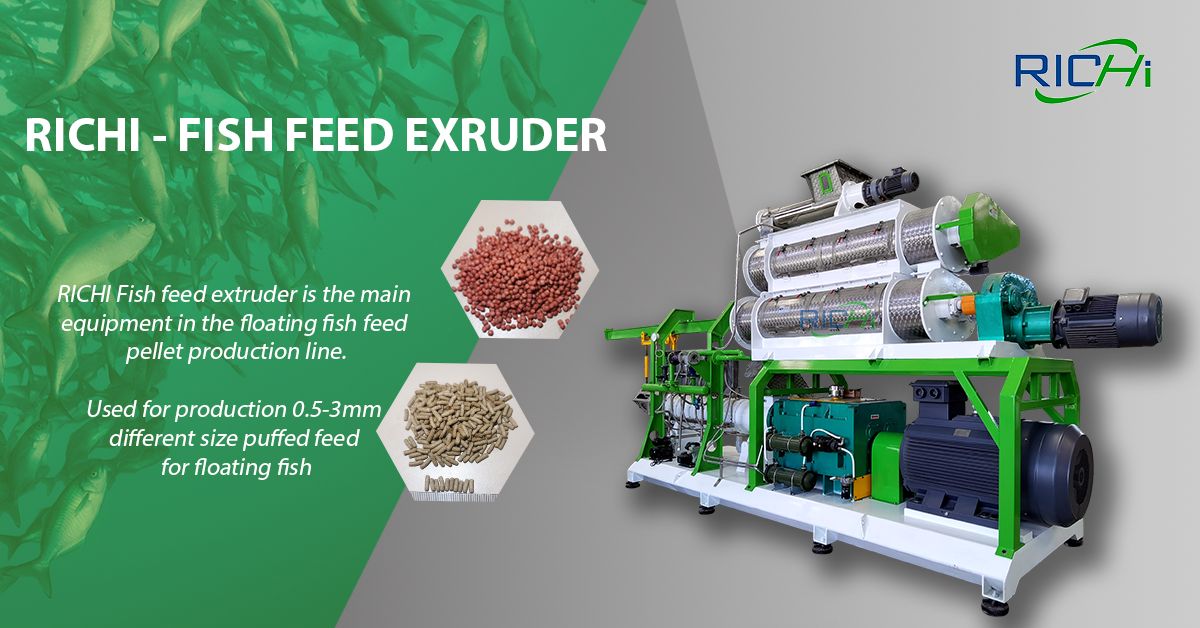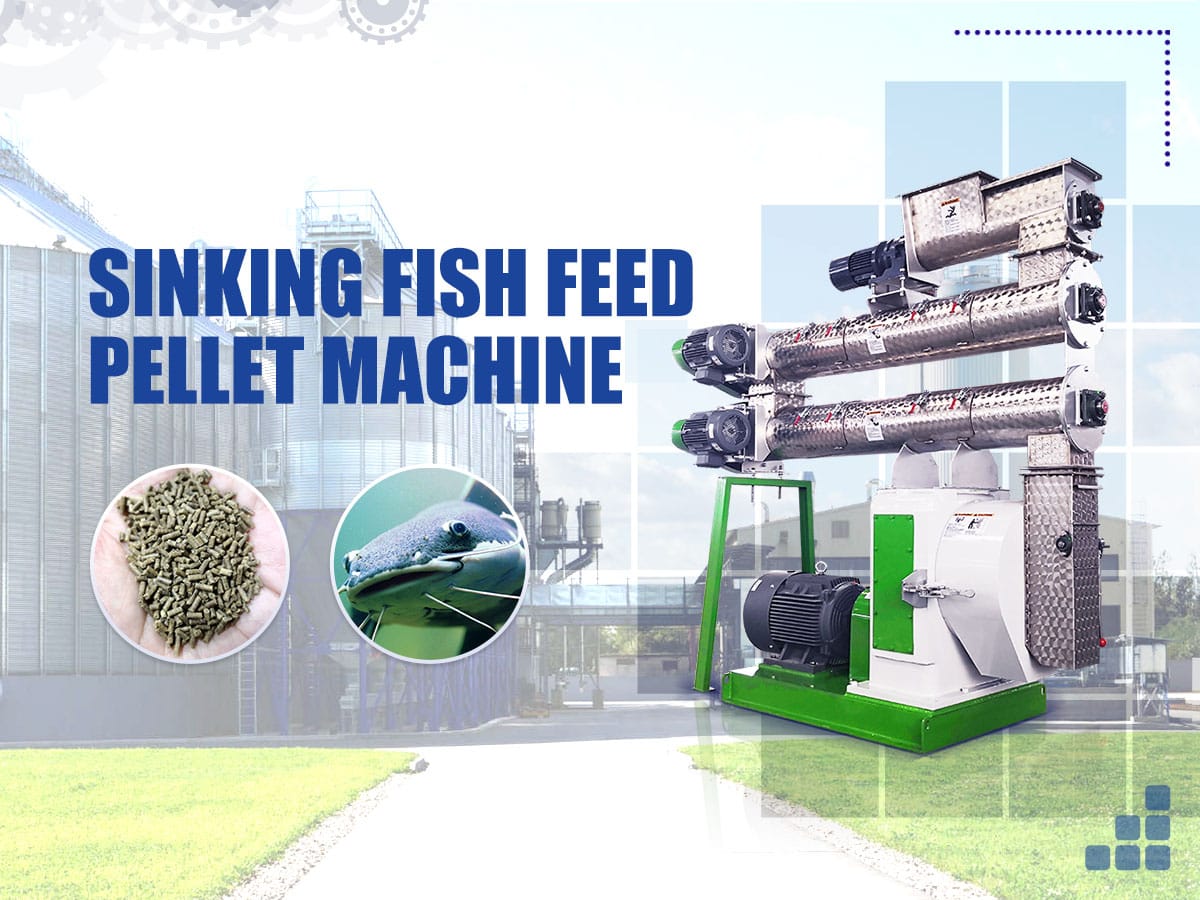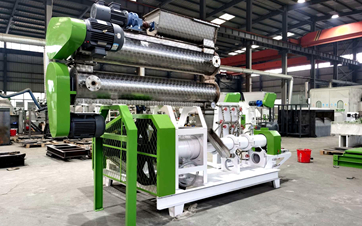In the rapidly growing aquaculture industry, ensuring a consistent supply of high-quality and nutritionally balanced feed is paramount for maintaining the health, growth, and productivity of farmed fish species. To meet this crucial need, fish feed production plants play a vital role, transforming raw ingredients into carefully formulated and processed feed products tailored to the specific requirements of various fish species and life stages.
These specialized facilities employ a series of intricate processes, each designed to optimize feed quality, nutrient bioavailability, and overall efficiency. From raw material handling to packaging and distribution, every step in a fish feed production plant is meticulously orchestrated to support sustainable and efficient aquaculture practices.
Raw Material Handling and Storage
The first step in the fish feed production process involves the handling and storage of raw materials. These raw materials can include a variety of ingredients such as grains, oilseeds, fish meal, plant-based proteins, vitamins, and minerals. Proper storage conditions, including temperature and humidity control, are essential to maintain the quality and integrity of these ingredients.Efficient material handling systems, such as pneumatic conveyors or bucket elevators, are employed to transport the raw materials from storage areas to the processing lines, minimizing the risk of contamination and ensuring a smooth flow of materials.
Grinding and Mixing
Once the raw materials are retrieved from storage, they undergo a grinding process to reduce their particle size and ensure uniform consistency. This step is crucial for achieving optimal nutrient availability and digestibility in the final feed product.
After grinding, the ingredients are carefully weighed and mixed in precise proportions according to the specific feed formulation. Advanced mixing technologies, such as ribbon blenders or paddle mixers, are used to ensure a homogeneous distribution of all components, ensuring consistent nutrient profiles throughout the feed batch.
Extrusion and Pelletizing
The mixed ingredients are then subjected to an extrusion process, where they are exposed to high temperatures and pressures. This process not only shapes the feed into pellets or extruded products but also facilitates chemical and physical changes that improve nutrient digestibility, palatability, and overall feed quality.During extrusion, the feed mixture is forced through a die, where it is cut into the desired pellet size or shape. The high temperatures and pressures involved in this process also help to eliminate potential pathogens and reduce the risk of microbial contamination.
Drying and Cooling
After extrusion or pelletizing, the feed products undergo a drying process to remove excess moisture and ensure optimal shelf life. Various drying methods, such as forced air drying or fluid bed drying, may be employed, depending on the specific requirements and production scale.Once dried, the feed products are cooled to ambient temperature, typically using counter-flow cooling systems or fluid bed coolers. This step is crucial for stabilizing the feed and preventing potential spoilage or degradation during storage and transportation.
Coating and Supplementation
Depending on the specific nutritional requirements of the target fish species, the feed products may undergo additional coating or supplementation processes. These processes can involve the application of specialized coatings, such as palatability enhancers, binders, or antioxidants, to improve feed acceptance and nutrient retention.Supplementation may also include the addition of specific vitamins, minerals, or other functional ingredients to optimize the nutritional profile of the feed and support the overall health and performance of the farmed fish.
Quality Control and Testing
Throughout the entire fish feed production process, stringent quality control measures are implemented to ensure that the final product meets all necessary standards and specifications. This may involve sampling and testing the feed at various stages of the process, monitoring critical parameters such as moisture content, nutrient levels, and physical properties.Advanced analytical techniques, such as proximate analysis, amino acid profiling, and digestibility testing, may be employed to verify feed quality and identify any potential issues or deviations from the desired specifications. Strict adherence to quality control protocols is essential for maintaining the integrity and consistency of the feed products.
Packaging and Distribution
Once the fish feed products have undergone all necessary processing steps and passed quality control checks, they are ready for packaging and distribution. Appropriate packaging materials, such as bags or bulk containers, are used to protect the feed from moisture, air, and potential contaminants during storage and transportation.Efficient logistics and distribution systems are crucial to ensure timely delivery of the feed products to aquaculture facilities, minimizing the risk of product degradation or spoilage. Proper handling and storage procedures must be followed throughout the distribution chain to maintain feed quality until it reaches the end-users.
Continuous Improvement and Sustainability
In the ever-evolving aquaculture industry, fish feed production plants must embrace a culture of continuous improvement and sustainability. This involves regularly reviewing and optimizing processes, exploring alternative raw materials or formulations, and implementing data-driven decision-making processes to enhance efficiency, reduce waste, and minimize environmental impact.
Collaboration with research institutions, regulatory bodies, and industry experts can provide valuable insights and guidance for continuous improvement efforts, ensuring that fish feed production plants remain at the forefront of innovation and sustainable practices.
By understanding and optimizing these processes, fish feed pellet plants play a crucial role in supporting the growth and productivity of the aquaculture industry, contributing to food security and economic development in local and global communities.
As the demand for sustainable and high-quality aquaculture products continues to rise, these specialized facilities will remain indispensable in meeting the nutritional needs of farmed fish species and promoting responsible and efficient aquaculture practices.

